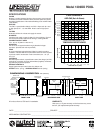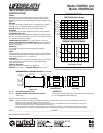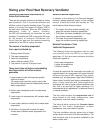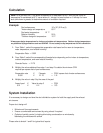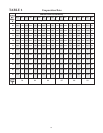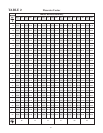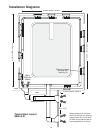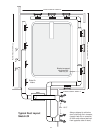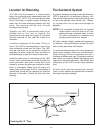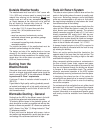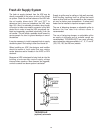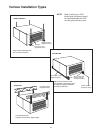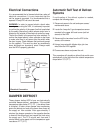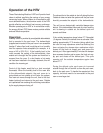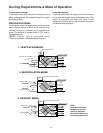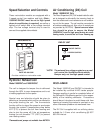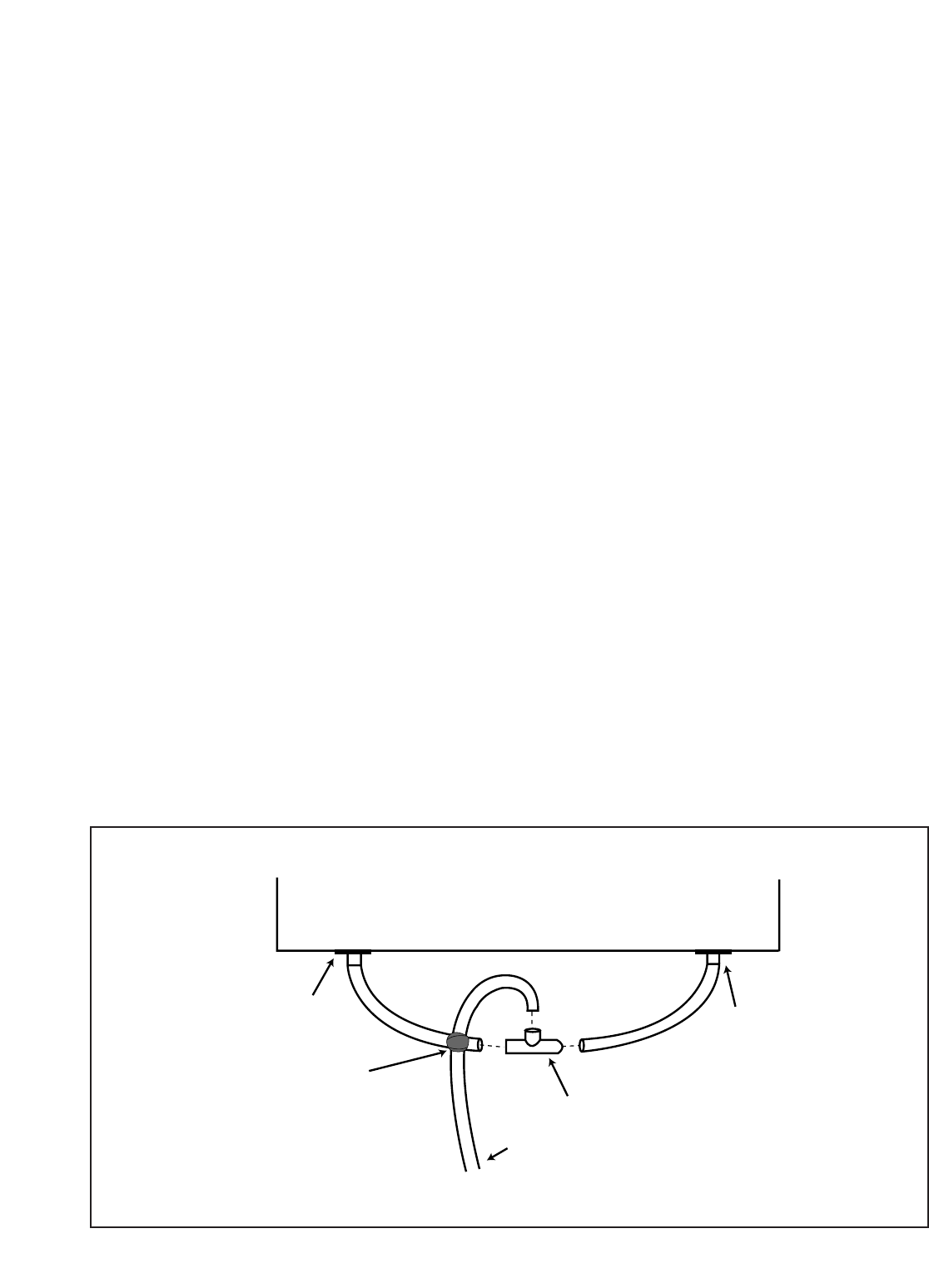
12
Location for Mounting
The HRV must be located in a heated space
where the surrounding air temperature does not
fall below 60˚F (16˚C). The unit must be mounted
level (horizontal) to obtain proper drainage or
water from the heat exchange element and drip
pans. The warranty will be void if these
conditions are not met.
Typically, the HRV is positioned close to an
outside wall or the roof to simplify the
connections and keep the length of insulated
ducting required for the fresh air intake to a
minimum.
A minimum clearance of 30 inches (76 cm) in
front of the HRV is recommended to service the
heat exchanger cores and the filters. The HRV
may be mounted on an equipment platform
providing the drain hoses are clear and there is
sufficient space to open the doors for servicing.
Install the drain pans in the bottom of the HRV
so the drain connections protrude through the
holes provided. Use drain hoses with hose
clamps to connect the drain pan outlets to a floor
drain or standpipe. Make sure the drain line
slopes down to the outlet. If this is not possible a
condensate pump will be required for positive
removal of the water.
Protect the drain line from
freezing.
The Ductwork System
A properly designed ducting system will allow the
HRV to operate at its maximum efficiency. (Air
flow will be restricted by undersized ducting, use
of too many elbows, tees, bends, etc.). Always
try to keep duct runs as short and straight as
possible.
NOTE: Fully insulated ducting with an integral
vapour barrier must be used on all runs
passing through unheated areas in order
to avoid condensation problems and
energy losses from the air steams.
All joints must be airtight, sealed and impervious
to moisture. See specification sheets for each
unit for exact duct sizes and location.
To minimize pressure drop and noise, galvanized
metal ducts, properly sized, are recommended.
Keep ducting as short as possible and use a
minimum of elbows and tees. Connecting sections
and shorter runs may be flexible ducting one size
larger than the metal equivalent. Use flexible duct
connectors at the
HRV
to avoid noise transmis-
sion.
All duct joints must be secured with screws,
rivets or duct sealant and sealed with aluminum
duct tape to prevent leakage.
DRAIN
SPOUT
TAPE
TO DRAIN
HRV CABINET
TEE
CONNECTOR
DRAIN
SPOUT
Forming the “P” Trap



